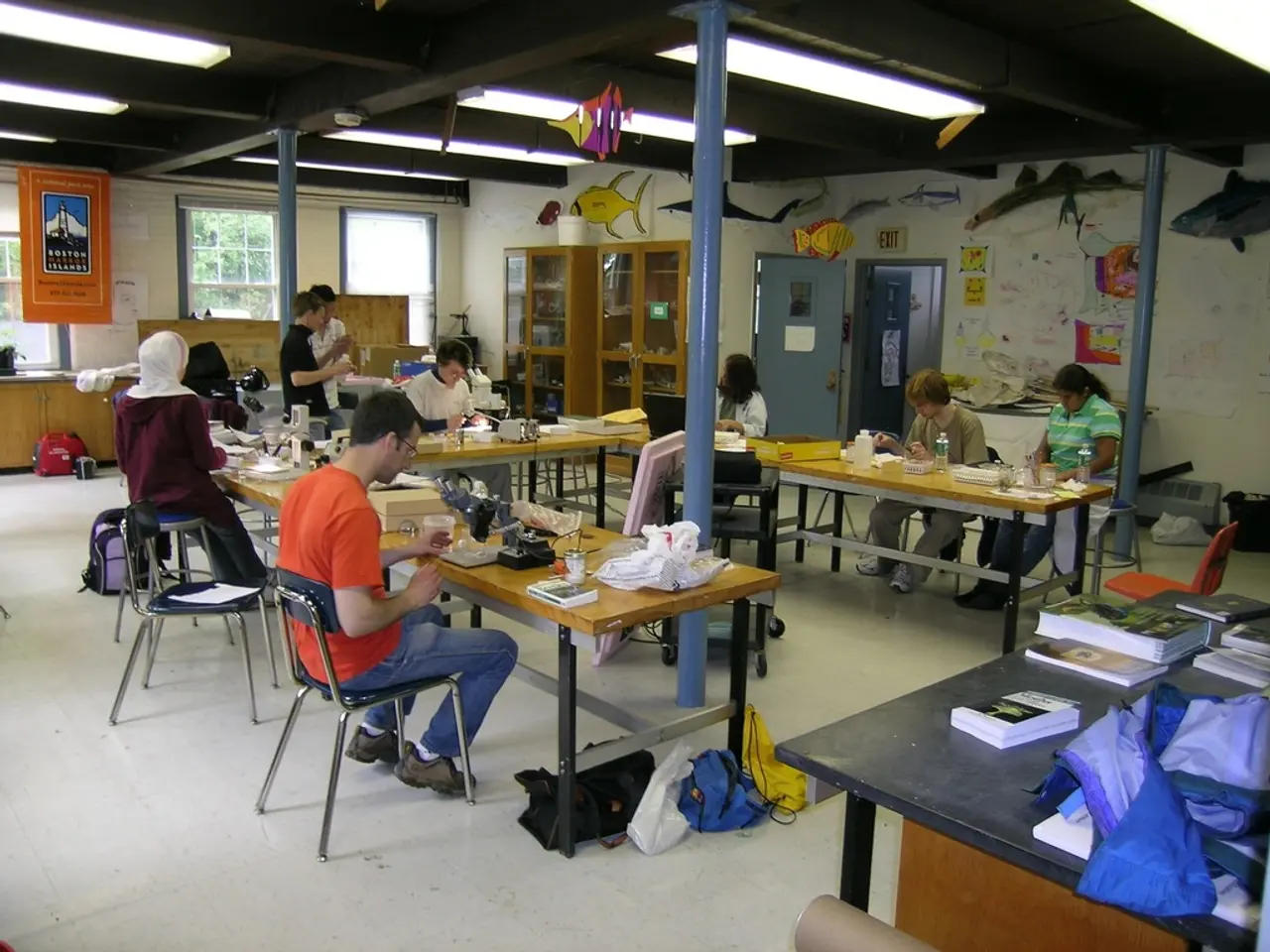A Computer Science and Engineering (CSE) student can engage in projects related to the Internet of Things (IoT) and Robotics.
Computer Science Engineering (CSE) students are no longer confined to the digital realm, as they increasingly apply their skills to real-world projects in the fields of Internet of Things (IoT) and robotics. These multidisciplinary fields require a blend of software development, data analysis, and embedded systems, creating opportunities for CSE students to develop intelligent, automated, and connected devices.
One such example is the creation of an obstacle-avoiding robot, programmed using ultrasonic sensors. By combining this hardware with software like Arduino and speech recognition APIs, students can control robots using voice commands, merging software and hardware in innovative ways.
In the realm of IoT, CSE students can work on projects such as building wearable devices that track vital signs such as heart rate and body temperature, sending alerts or storing data on the cloud for remote access. They can also develop systems that fuse hardware sensors (e.g., RFID, biometric scanners) with backend databases and user interfaces, like a biometric attendance system that combines fingerprint recognition with RFID for accurate tracking.
Real-time data processing and machine learning techniques are also integral to IoT projects, enabling autonomous decision-making, predictive maintenance, or environmental monitoring. CSE students leverage cloud platforms and IoT protocols to manage and monitor large-scale sensor networks, addressing challenges like connectivity, security, and data privacy.
Robotics projects often involve programming control algorithms, integrating sensors and actuators, implementing computer vision and AI for navigation and manipulation, and building autonomous systems that interact with physical environments. Advanced robotics systems often use AI for perception, navigation, and decision-making.
Projects in both IoT and robotics require a combination of embedded systems programming, networking, data science, AI techniques, and software engineering skills to develop end-to-end applications. For example, an IoT project might include designing firmware for sensor nodes, developing secure communication protocols to transmit data over networks, analyzing collected data with machine learning models, and building dashboards for monitoring and control.
Hardware for these projects can include Arduino, Raspberry Pi, ESP8266, and NodeMCU. Software tools like Arduino IDE, Python, Embedded C, MQTT, Blynk, and Node-RED are also essential for developing IoT and robotics applications. Cloud services such as Firebase, AWS IoT Core, ThingSpeak, and Google Cloud can be utilised in IoT projects, while an IoT-based weather station can be created using sensors to collect environmental data (like temperature and humidity) and send the data to a cloud server for visualization.
Being a CSE student today offers the flexibility to explore emerging fields like IoT and robotics, provided one has strong programming and problem-solving skills. Networking protocols and cybersecurity are crucial areas where CSE students can contribute in IoT, ensuring the secure and efficient transmission of data.
In conclusion, CSE students contribute their strong programming, algorithmic, systems design, and data analytics expertise to the physical computing and electronic components at the heart of IoT and robotics projects, demonstrating software-hardware co-design and intelligent automation. The possibilities are endless, and the future of CSE in IoT and robotics is undeniably exciting.
In the context of education-and-self-development, CSE students can leverage their skills to work on machine learning projects that optimize athlete performance and sports analytics, such as analyzing player statistics or predicting game outcomes.
In the realm of cloud computing, CSE students can develop IoT applications that incorporate sports-related sensors, like wearable devices for tracking athlete movements or environmental conditions, and store the data on cloud platforms for easy access and real-time analysis.




